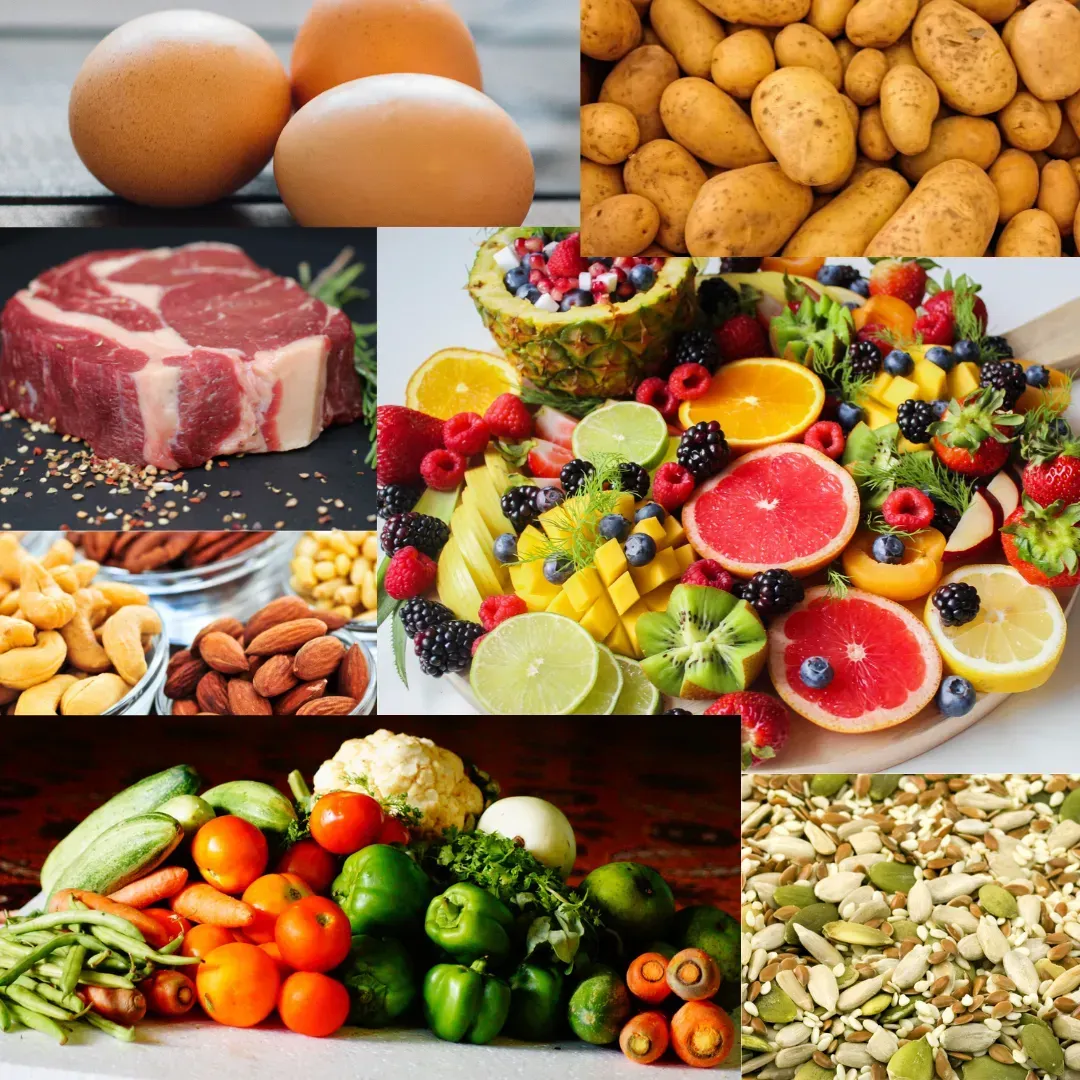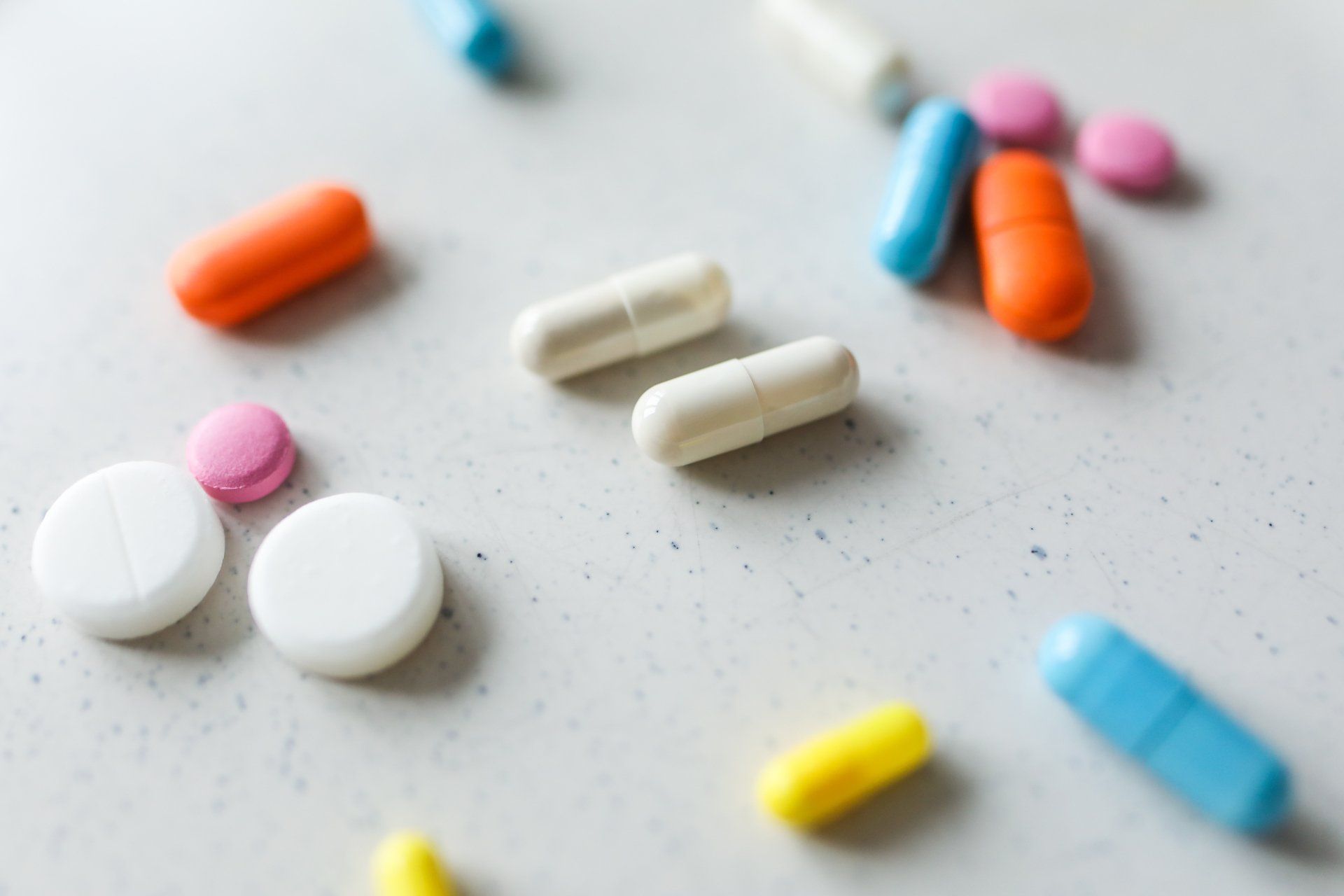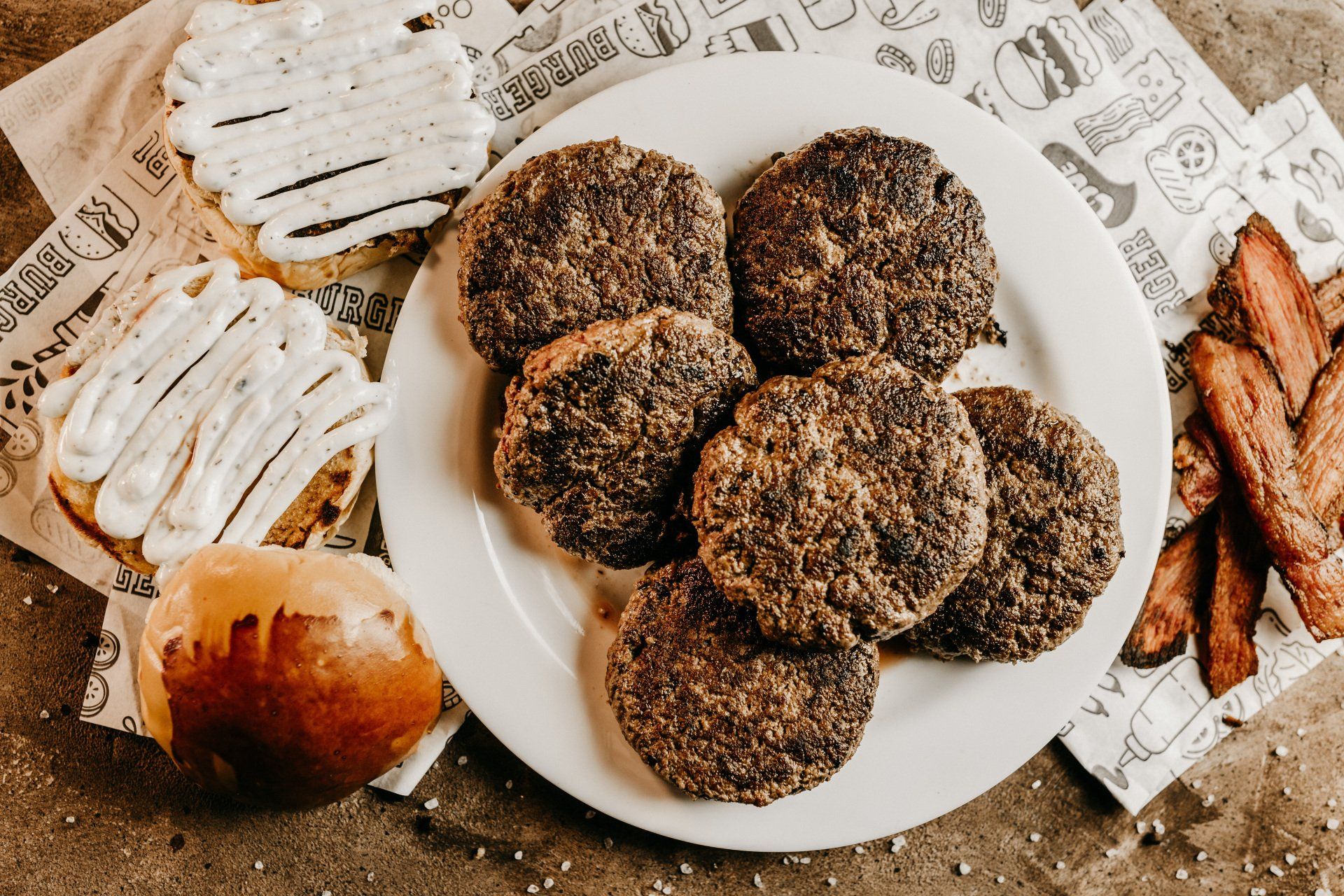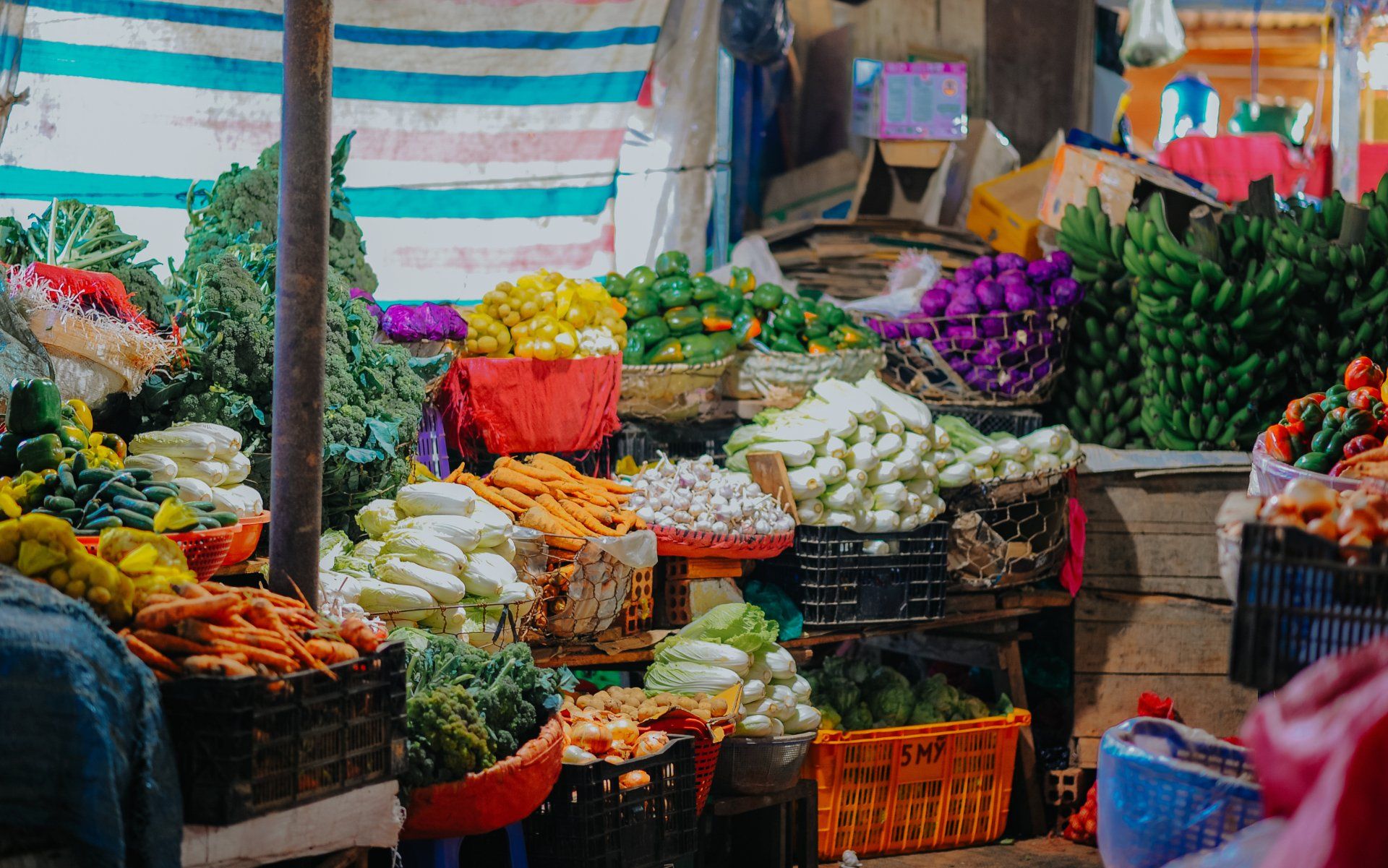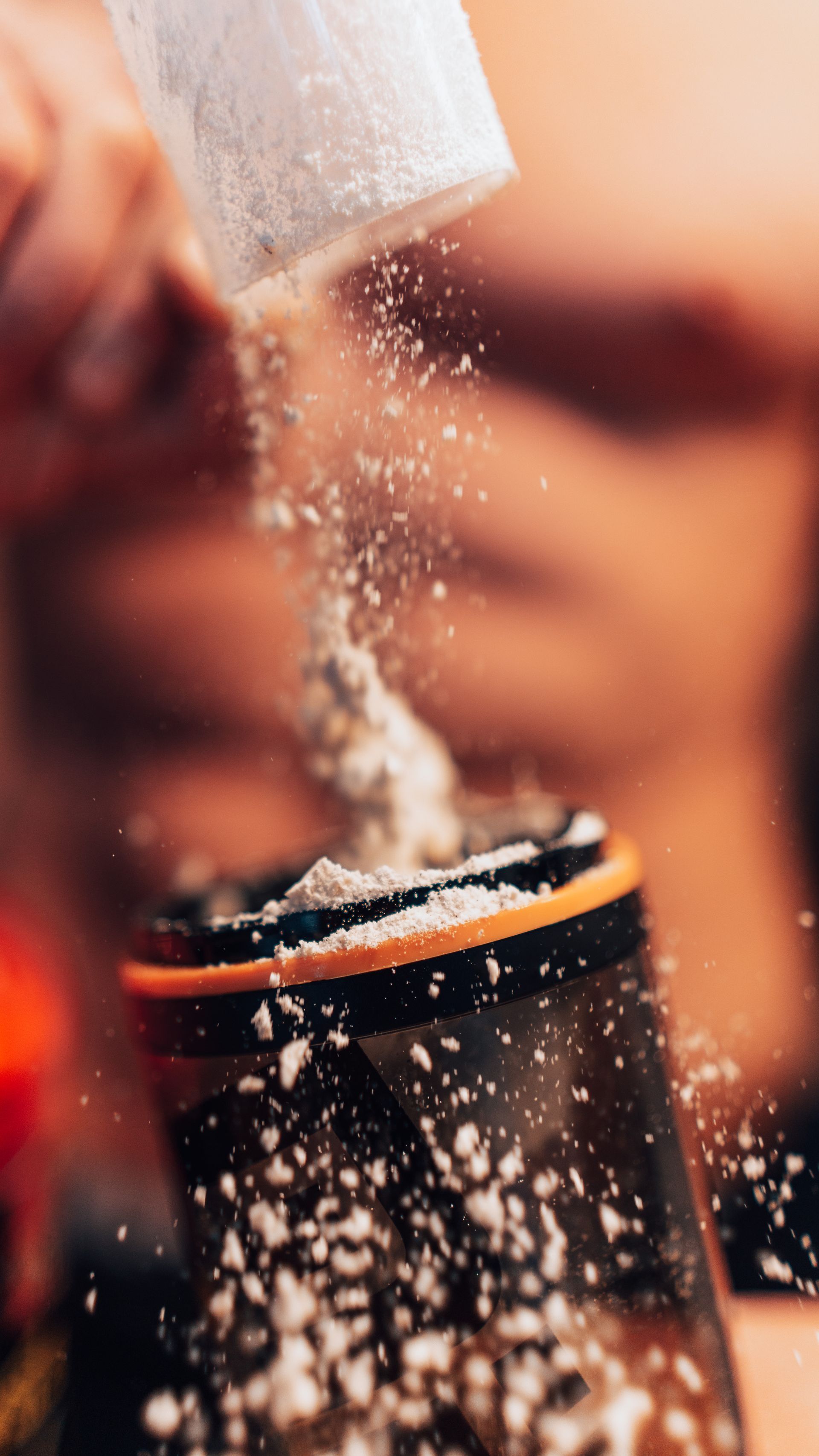Background
Paleo is believed to be the diet of our ancestors, the so-called “Paleolithic Humans”, who lived at a time when most men would hunt for meat and fish, and most women would gather for other food sources AKA hunter-gatherers. If you want to learn more about the progression of our ancestors and the evolution of the Paleo Diet, I invite you to check out the work of Dr. Loren Cordain. He’s an evolutionary biologist that has been very influential in the modern Paleo movement, and is considered by some as the founder of the Paleo Diet.
The point of this guide isn’t to sway you into thinking the Paleo Diet is a cure-all, nor is it saying there are no pitfalls to the Paleo Diet. Rather, I’m going to discuss my theory as to why Paleo works. I’ll also provide you with a pros and cons list for some of the demonized foods discussed within Paleo, such as grains, dairy, legumes, processed sugars, and oils. Then, we’ll get more optimistic and discuss the benefits of eating meats, veggies, fruits, nuts, seeds and some tubers.
Check out my FREE guide: How to Keep Your Gut Thriving During Antibiotics
Why Paleo Works
Removing wheat, non-wheat grains, dairy, and nightshades removes proteins and amino acid sequences that could be aggravating your immune system. This is especially true for those of us with underlying gut issues and/or autoimmunity (Hashimoto’s, Inflammatory Bowel Disease, RA, etc).
“Going Paleo” usually results in people removing sources of excess calories from added-sugars and processed oils. Weight loss, achieved by creating a calorie deficit, is one of the main drivers of improvement in metabolic and immune markers. This CAN help create a caloric deficit for some people by following this strategy. HOWEVER, IT IS STILL POSSIBLE TO GAIN WEIGHT EATING PALEO. If you eat more calories in beef and sweet potato than your body burns, it doesn’t matter where the calories come from, you will gain weight.
Many people develop a sort of “tribal” mindset, where they become a part of the “diet tribe” that is Paleo. Paleo Facebook Groups, Paleo Meetups, and Paleo cookbooks all give people a heightened sense of community. Speaking of ancestral, being a part of a community is about as “Paleo” as it gets. I think this sense of community is one of the main benefits behind any diet, whether it be Vegan, Keto, Carnivore, Fasting, etc.
Dairy
Dairy is a very umbrella-like term, encompassing everything from butter to greek yogurt. For the sake of time and complexity, I’m going to make more broad-spectrum comparisons.
Pros:
- Good source of calcium, fat-soluble vitamins (D, K)
- Complete amino acid profile
- Higher total protein per serving
- Fermentation offers live microorganisms for supporting gut health
Cons:
- Individuals with FODMAP sensitivity or lactose intolerance may have digestive issues
- Some may have immune responses to the main proteins in dairy, casein and whey (1)
- Many fats are saturated which, when consumed in excess, could lead to endotoxemia and other health issues
Grains
Grains covers a wide field as well, but know that I’m mostly referring to wheat, oat, rice, corn, and quinoa. I’m not referring to flours that can be made from these grains.
Pros:
- Carbohydrate dense foods for those needing more food/calories
- Source of fiber
- Fortified grains do provide vitamins for those who struggle to eat nutrient-dense foods
- BUT, you’re kind of missing the purpose of nutrition by adding nutrients to foods that don’t naturally contain them
Cons:
- Some are higher on the FODMAP end (namely wheat)
- Typically have higher carbohydrates relative to the fiber content/serving
- Potential heavy metal exposure (2)
- Potential immune responses to proteins in grains (gluten)
I see grains as more of a “filler-food.” Their main purpose for me is to provide excess carbs to support my exercise habits.
Legumes
Here I’m mostly referring to pinto, black, green, red kidney, and navy beans, as these are the most commonly planted in the US (3).
Pros:
- Good macronutrient ratios, such as fiber/carbs and protein/carbs per serving
- Good source of vitamins and minerals*
- Long shelf life
Cons:
- Antinutrients prevent absorption of some vitamins and minerals*
- Higher FODMAP content for those who are sensitive to them
- Potential heavy metal exposure, mostly from canned products (4)
*Pressure cooking supposedly reduces the amount of antinutrients, making the beans more digestible and therefore some of the nutrients more bioavailable (5).
Processed Sugars & Oils
Here I’m including any sort of sugar or oil that is added with food/drink manufacturing, or the highly-refined, high omega-6 vegetable oils such as soybean, corn, cottonseed, sunflower, peanut, and canola.
Pros:
- Provide added shelf-life and ease of storage at room temperature
- Seemingly cheaper to mass produce, and therefore cheaper at the grocery store
- Extra calories for those who struggle to eat enough to support their lifestyle
Cons:
- Can be sources of hidden calories, think sugars and oils added to packaged foods such as baked goods, microwave dinners, and chips.
- High levels of omega-6 fats have implications for chronic, inflammatory disorders such as cardiovascular and inflammatory bowel diseases (6)
- Devoid of vitamins and minerals
Outside of the occasional baked good, or going out to eat, I think most people are better off avoiding these. There are far superior options of foods to choose from.
Food Choices
Said simply: meat, eggs, fruit, vegetables, nuts, seeds, and some tubers.



